New Town Primary School: A Revisionary Quest
Gametize creates a gamified experience to make English revision interesting, exciting, and easy
42
Players
1,004
Submissions
24
Challenges
The Challenge
Engaging energetic and curious 9-10 year olds is no small feat, especially when it comes to the classroom.
To better engage these young students, the Gametize platform was utilized to produce The Revisionary Quest, an educational gamified experience to make English revision more interesting, exciting, and easy.
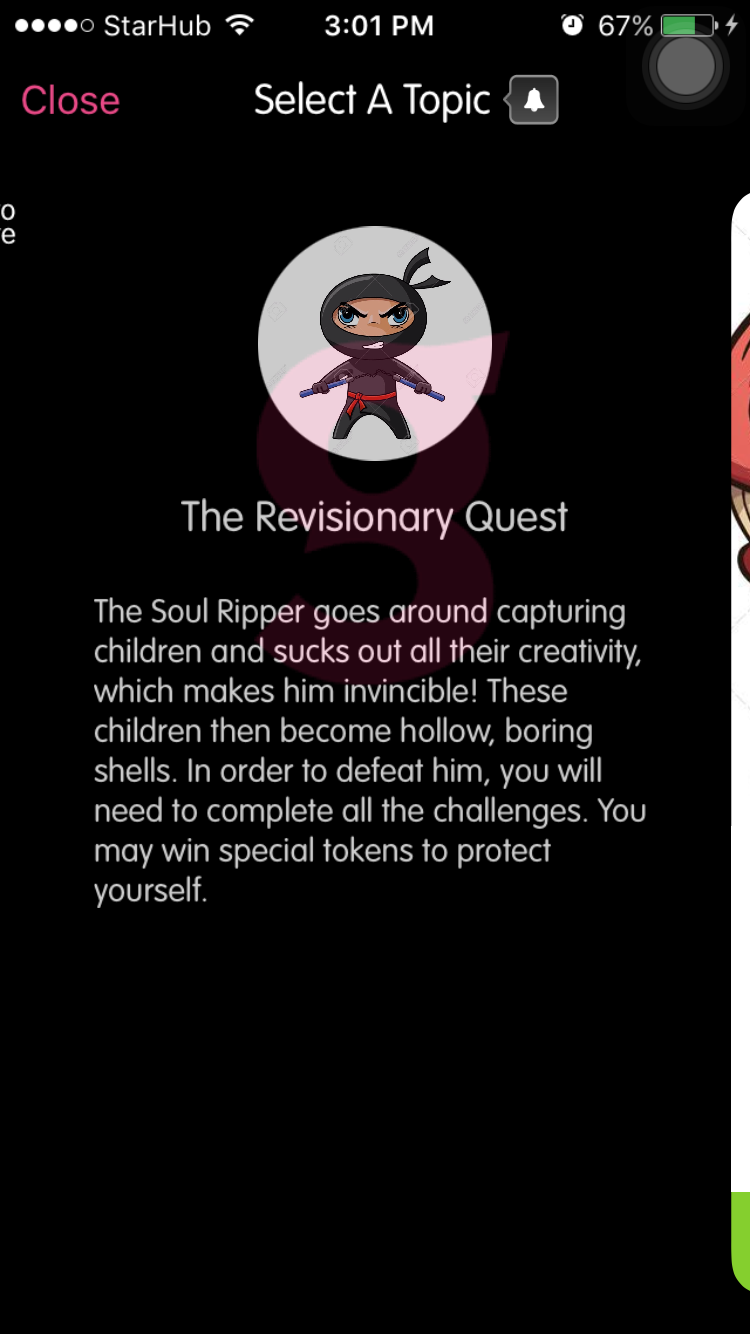
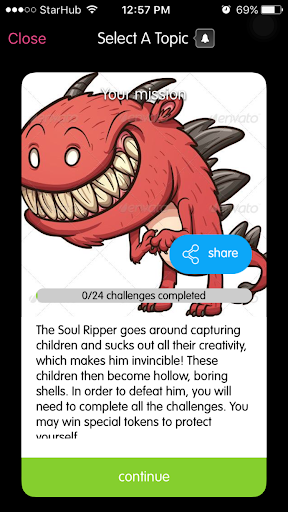
The purpose of the game was to help the students revise the English language, and the content was was designed based on the students’ weaknesses, in order to prepare them for their upcoming exams.
The Solution: The Revisionary Quest
The Revisionary Quest was a collaborative effort between the teacher & students: the teacher shared how she was going to make the game, and students were asked to brainstorm & write storylines of which one would be chosen as the game’s narrative.
The winning storyline was an evil monster, called the Soul Ripper, that needed to be defeated by correctly answering questions – and along the way, the students could collect special tokens to protect themselves from the monster.
“The Soul Ripper goes around capturing children and sucks out all their creativity, which makes him invincible! These children then become hollow, boring shells. In order to defeat him, you will need to complete all the challenges!”
The challenges came in the form of English revision questions, testing their knowledge on a variety of English lessons such as grammar, identifying correct Standard English terms, and idioms.
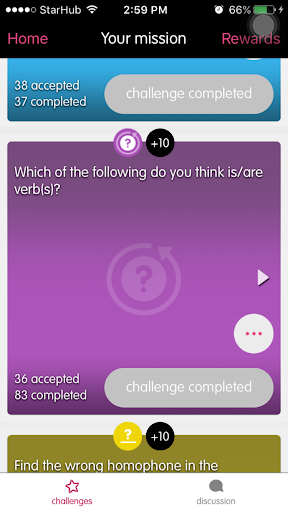
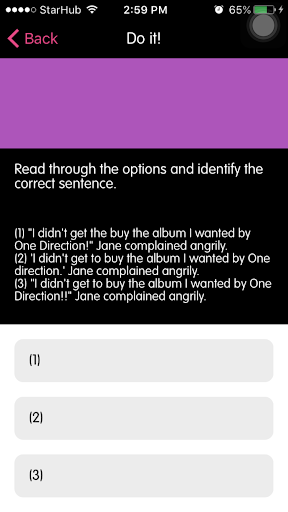
As students progressed, they would earn points and unlock badges which could be used as special tokens to aid in defeating the Soul Ripper. The students were given their own individual usernames and passwords, and sent home to complete the challenges in their own free time.
An Activity Feed allowed students to view submissions by their friends; voting for a submission would give the student who made the submission more points as well. A leaderboard let the students see who was in the lead, and it served to motivate them to beat the person in 1st place.
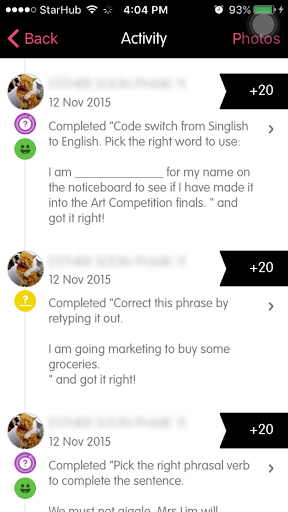
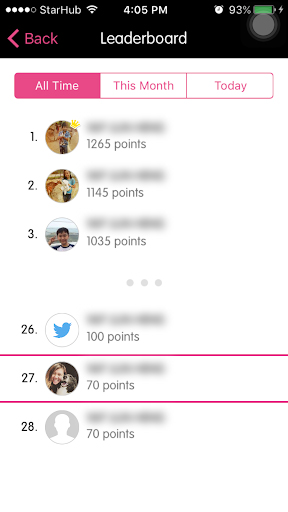
Additionally, they could use their points to earn two different types of Rewards – either pens or stickers!
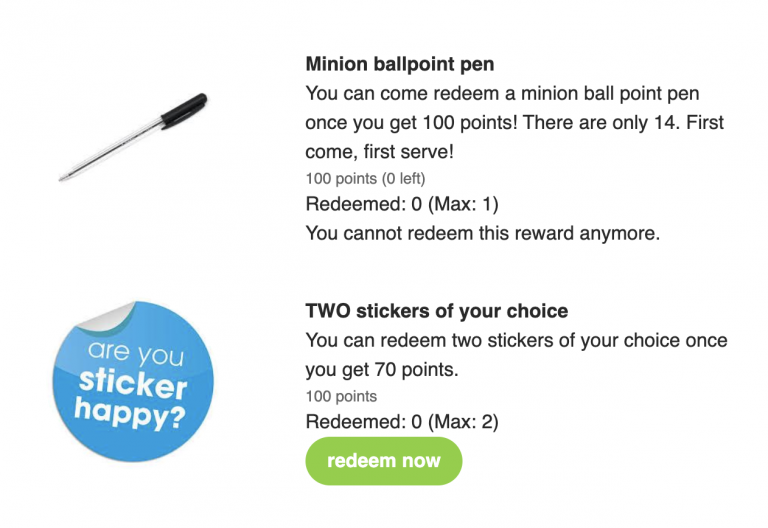
The Results: 42 students completed 24 challenges, with a total of 1,004 submissions
As the game was made available both on mobile and web platforms, this enabled the students to play it on their mobile phones and more avid players finished the game in two days.

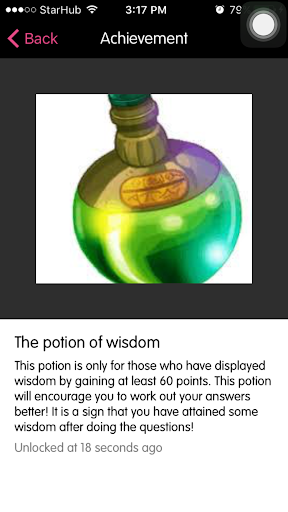
Though it was a competitive game, and there was a leaderboard for students to see who was in the lead, there was more collaboration then individual action, where students used the discussion board to request help from peers, who would then provide clues to help.
Some points of improvement – the value of stories & entertainment
Some students were expecting much more complex and entertaining gameplay; for example, as the students were completing the challenges, the monster did not visually get weaker, and this resulted in a disconnect as students could not make the correlation between earning points to help defeat the monster.
Students could game the system
As some of the challenges could be repeated, some students found they could earn more points simply by answering the questions repeatedly, resulting in a fatalist effect in other students who perceived this “cheating” as unfair.
Editor’s note: This is actually quite common in any gaming system, and can be mitigated with some moderation & limits to the number of points players can earn.

More than 75% of the students wanted to continue Gametized lessons
When asked if they wanted to continue this method of learning, more than 75% of the class expressed enthusiasm. Students were excited at learning through the game – and, interestingly, the most active students in the game were the weaker students who had difficulty completing class work. This could be attributed to:
- The gamified element, which was a change from the traditional methods of teaching
- Collaboration with the teacher while creating the game, giving them a sense of ownership
